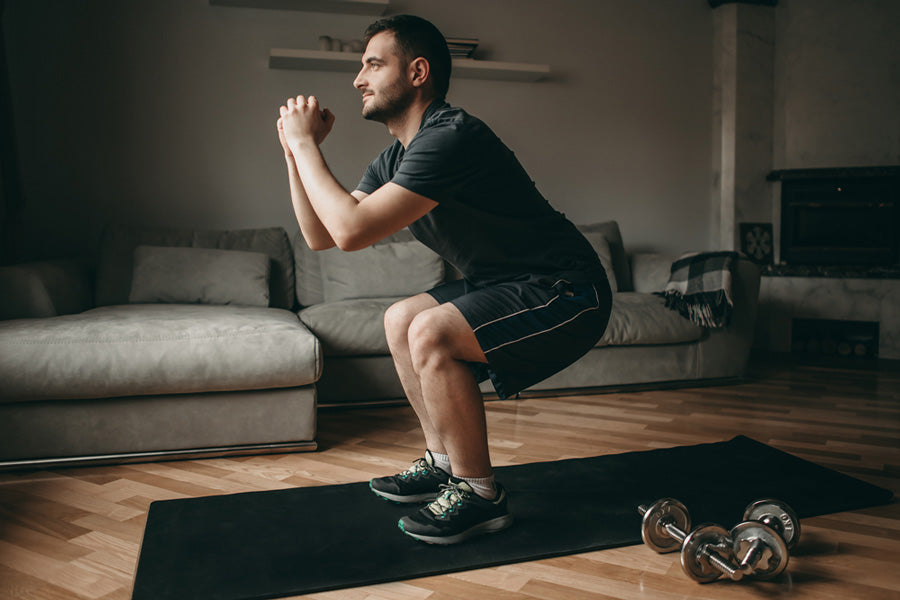Don't limit yourself to just one type of exercise! Research has shown that incorporating all four types of exercise - endurance, strength, balance, and flexibility - is crucial for overall fitness.
Each type offers unique benefits and helps improve performance in others while preventing boredom and reducing the risk of injury. Regardless of age, there are activities suitable for everyone's fitness level and needs.
Endurance Exercises: also known as aerobic activities, elevate heart and breathing rates, improving cardiovascular health and overall fitness. These activities, such as brisk walking, dancing, swimming, or biking, can help prevent diseases like diabetes, heart disease, and certain cancers. Aim for at least 150 minutes of moderate-intensity activity per week to build endurance and maintain good health.
Strength Exercises: play a vital role in maintaining independence and making daily tasks easier. Strong muscles enhance balance, reduce the risk of falls, and improve mobility. Use weights or resistance bands to strengthen your muscles gradually. Try exercises like lifting weights, carrying groceries, or using a resistance band. Engage in strength exercises for major muscle groups at least twice a week, with a break between working the same muscle group.
Balance Exercises: are essential for preventing falls, especially among older adults. Many lower-body strength exercises also improve balance. Incorporate activities like Tai Chi, standing on one foot, the heel-to-toe walk, standing from a seated position, or the balance walk. Make sure to have support nearby if needed and consult your doctor if unsure about any exercise.
Flexibility Exercises: enhance range of motion, making daily movements easier. Stretching regularly improves flexibility and helps with tasks like tying shoelaces or checking blind spots while driving. Engage in exercises like back stretches, inner thigh stretches, ankle stretches, or leg stretches. Stretch after endurance or strength exercises when your muscles are warmed up and avoid overstretching or causing discomfort.
Remember to listen to your body and maintain proper breathing during exercise. If air quality is poor, consider exercising indoors and adjust the intensity and duration of your workouts. Variety is key, so keep exploring different activities that suit your fitness level and interests. Stay active, have fun, and prioritize your well-being!











